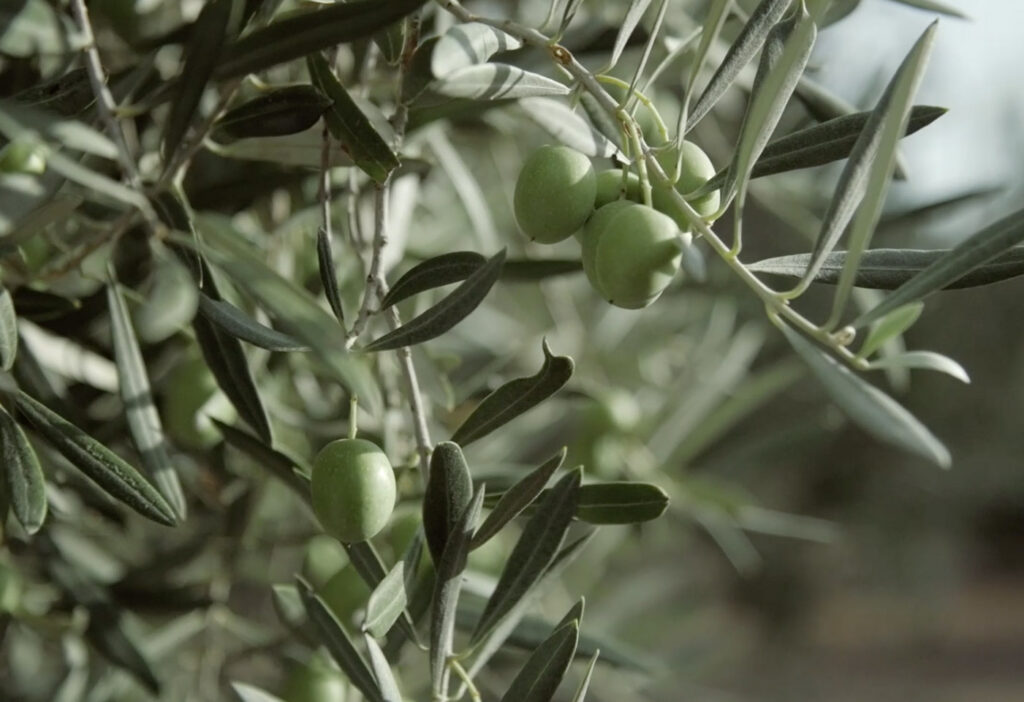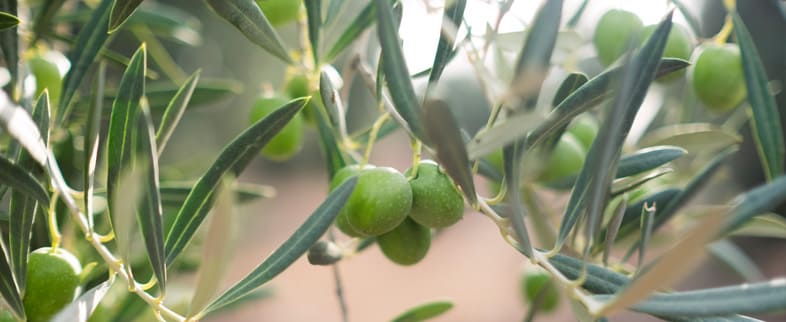Ever tried eating an olive picked straight off the tree? Lots of people have, and we can imagine the look on your face when you find it tastes very different to what you expected.
To make table olives fit for consumption, they have to go through different production processes to get rid of the natural bitterness of raw olives. The whole process, from harvesting the fruit in the fields to the initial preservation, takes around 6 months – in the northern hemisphere, this takes place from October to March.
Process of green olives
To create produce top quality green olives, it’s essential they’re harvested at the right time. Too late, and the olives can be soft and difficult to preserve; too early, they can be hard and bitter. For optimal harvesting, the olive must be light-green to slightly yellowish in colour and the fruit must reach its maximum size, which depends of course on the variety of olive in question.
The green olives on our farms are harvested mainly in October and taken directly to the factory. The first task is to take down all the data, which is then used to identify the batch throughout the entire production process, and a representative sample is taken for quality control.
On arrival in the factory, the olives are washed thoroughly to remove dust, leaves and soil and are then pre-classified by size and quality. Once this is done, they are selected for lye treatment.
Lye treatment, fermentation, and preservation of green olives
Treatment in lye is the main step in the production process to make the olives edible and lose their bitterness. To do this, a solution of sodium hydroxide is prepared and the alkalinity of the lye concentration is adjusted to suit the maturity of the olive and the outside temperature.
The length (in hours) of the lye treatment depends on the variety or characteristics of the olive: Hojiblanca olives take 6 to 7 hours, for instance, while the Gordal variety needs between 10 and 12 hours. If the olives are treated in lye too long or too little, problems can arise, such as an abnormal colouration or turning soft and breaking when pitted.
After treatment, the olives are soaked in water and rinsed several times, with shorter and longer rinses used to remove all traces of the lye inside and out. After this, the olives are removed from the water and preserved in brine.
Soaking in brine is part of the fermentation and conservation phase. The brine solution is made from fresh drinking water with added salt. The olives are kept at a temperature of about 22 to 25 degrees for at least 30 days.
After fermentation, the olives are classified and grouped according to size and colour, and any olives damaged during the production processes are rejected. The last step before packaging is to decide whether they are to be packaged whole, pitted, pitted and sliced, or stuffed.
No one would deny that these processes require a great deal of skill and expertise. Here at Aceitunas Torrent, we are proud of our experience; in over 120 years of history, four generations have dedicated their lives with passion to the exhilarating task of producing olives.
Aceitunas Torrent, Master Olive Producers.



